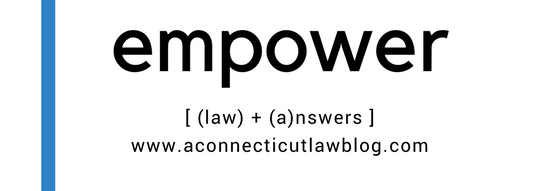by Ryan McKeen
Sometimes I love reading cases.
In D’Amico v. Tomkalski, 1999 WL 162985 (1999), Judge Pellegrino writes a home run of an opinion.
The plaintiff, a baserunner in a softball game, was struck by a ball thrown by a second baseman as he was either on the base path or moving out of the base path.
The runner then sued the second baseman under two theories: negligence and recklessness. The defendant moved to strike the plaintiff’s negligence count.
Under existing Connecticut law at the time, the Supreme Court had held that a plaintiff’s injury during a soccer game was not compensable under a negligence theory. Jaworski v. Kiernan, 241 Conn. 399 (1997).
The plaintiff argued that the Court’s ruling in Jaworski only applied to contact sports and that softball was not a contact sport.
Here’s what Judge Pellegrino had to say in response to the plaintiff’s argument:
A game where a ball is thrown, even at a slow speed, toward a batter so that it will be hit and, if possible caught by fielders poses risk of injury.The injury can arise from a batter being hit, a runner being struck, a fielder misjudging the trajectory of a hit or thrown ball. Even professional players are injured by such unintentional mistakes. Indeed such occurrences are recorded in official statistics called “errors.” Baseball is a contact sport.
There you have it: baseball is a contact sport.
